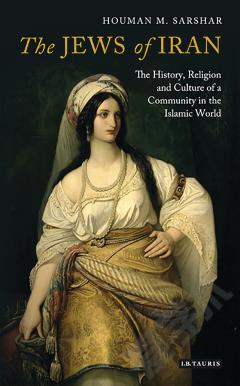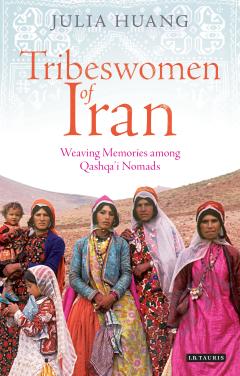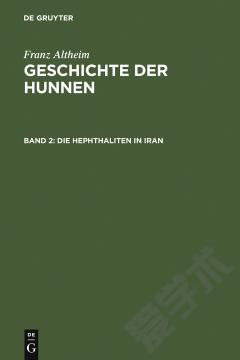The Jews of Iran
Living continuously in Iran for ovJean integrhistory of the country. Frequently understood as a passive minority group, and often marginalized by the Zoroastrian and succeeding Muslim hegemony,, the Jews of Iran are instead portrayed in this book as having had an actidevelopment of Iranian history, society, and culture. Examining ancient texts, objects, and arange of times and places throughout Iranian history, medieval trade routes along which these would have travelled, The Jews in-depth analysis of the material and visual culture of this community. Additionally, an exploration of modern novels and accounts of Jewish-Iranian women's experiences sheds light on the social history and transformations of the Jews of Iran from the rule of Cyrus the Great (c. 600-5Iranian Revolution of 1978/9 and onto the present day.By using the examples of women writers such as Gina Barkhordar Nahai and Dalia Sofer, the implications of fictional representation of the history of the Jews of Iran and the vital importance of communal memory and tradition to this community are drawn out. By examining the representation of identity construction through lenses of religion, gender, and ethnicity, the analysis of these writers' work highlights how the writers undermine the popular imagining and imaging of the Jewish 'other' in an attempt to create a new narrative integrating the Jews of Iran into the idea of what it means to be Iranian. This loJewish cultural influence on Iran's social, economic, political, and cultural development makunique contribution to the field of Judeo-Iranian studies and to the study of Iranian history more broadly.
{{comment.content}}








 京公网安备 11010802027623号
京公网安备 11010802027623号